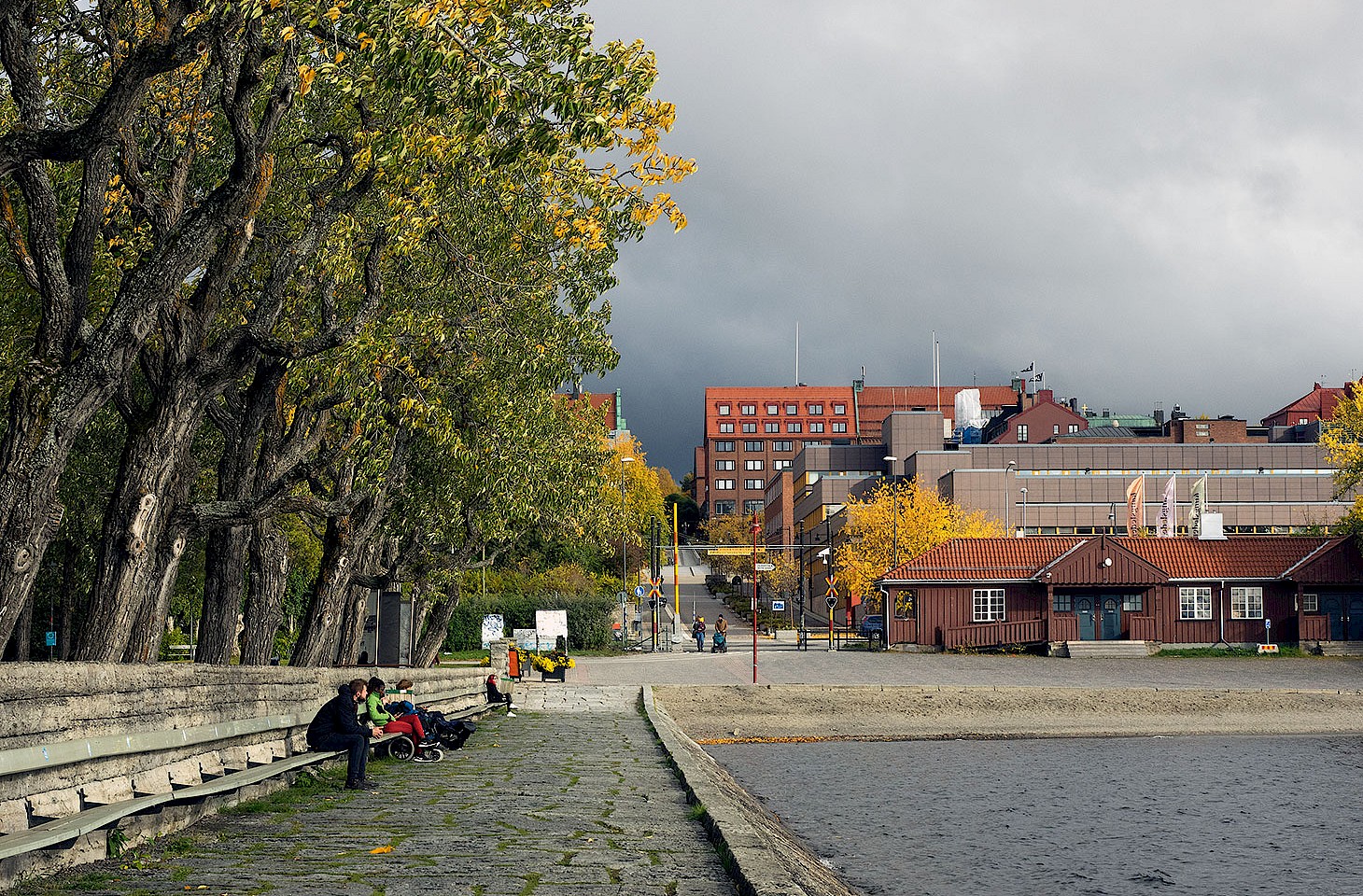Dear fellow travellers
Ten years ago this week we launched our e-newsletter. Letter from Europe was never intended to be more than a minor diversion. To paraphrase George Eliot in Middlemarch, "the growing good of the world is partly dependent on unhistoric acts."
The publication of the first issue of hidden europe magazine in March 2005, and the launch the previous week of Letter from Europe, were among the most unhistoric of unhistoric acts. In the big wide world of travel blogs, Letter from Europe is a relatively minor player. Yet we like to think that our world is a better place, that Europe in particular is somehow richer, as a result of our quiet efforts.
We started with a view of Europe as an ideal, a community of nations working together for the common good. We launched on the tenth anniversary of the implementation of the Schengen Agreement - which transformed our common European home by encouraging mobility. Happily, in the last ten years the borders of Schengen have been extended to include eleven more countries (including two which are not even members of the European Union).
But there were other issues on our minds as we launched our Letter from Europeand the associated print magazine. We were mightily aware of trends in digital information. The wisdom of crowds was (and still is) nudging more and more travellers to visit fewer and fewer places. We have been keen to give visibility to cultures and communities that go unremarked in the mainstream travel literature.
In part, our work was - at the outset - a reaction against a particular style of travel writing which ten years ago was so very common. We mourned the fact that good writing, informed by ecological and cultural literacy and a great sensitivity for the peculiarities of place, had been nudged to the edges of the literary sphere. We were saddened that a lot of English-language travel writing had been appropriated by media men and women and the PR gurus.
Travel writers should of course be more than merely the handmaidens of the PR industry. But with the changing economics of publishing too much travel writing was being subsumed into the world of spin.
That's the way we saw it in 2005. How things have changed! Ten years on, we look in awe at some very positive developments. A new, more sensitive, engagement with places and communities is now very evident. A fresh style of writing about the natural environment has breathed new life into English-language travel writing over the last decade. Indeed, New Nature Writing has become something of a literary fad - it helped propel The Old Ways by Robert Macfarlane, one of the leading exponents of the genre, into the bestseller lists when that book was published in 2012.
If you've not looked at The Old Ways, bookmark that title for summer reading. We are eagerly looking forward to Macfarlane's new book Landmarks, which will be published next week. For lovers of words and lovers of landscape - and we are both - Landmarks promises to be a lexical adventure which should, for many readers, rekindle their love of landscape.
The success of New Nature Writing in giving a boost to English-language travel writing has highlighted just how moribund the discipline had become. In a word, travel writing now seems to be in a better place than it was ten years ago. We've learnt a few new buzzwords as we've read about psychogeography and deep mapping. Reshaping the relationship between traveller and landscape in now all the rage. We like to think we've played a small part in these developments. Our Manifesto for Slow Travel (published inhidden europe magazine in March 2009) has certainly been extensively quoted.
Ten years on, the European project has lost some of its confidence. All the more reason, we think, why modest ventures like ours are all the more important in 2015 - and in the years ahead.
Nicky Gardner and Susanne Kries
(editors, hidden europe magazine)


